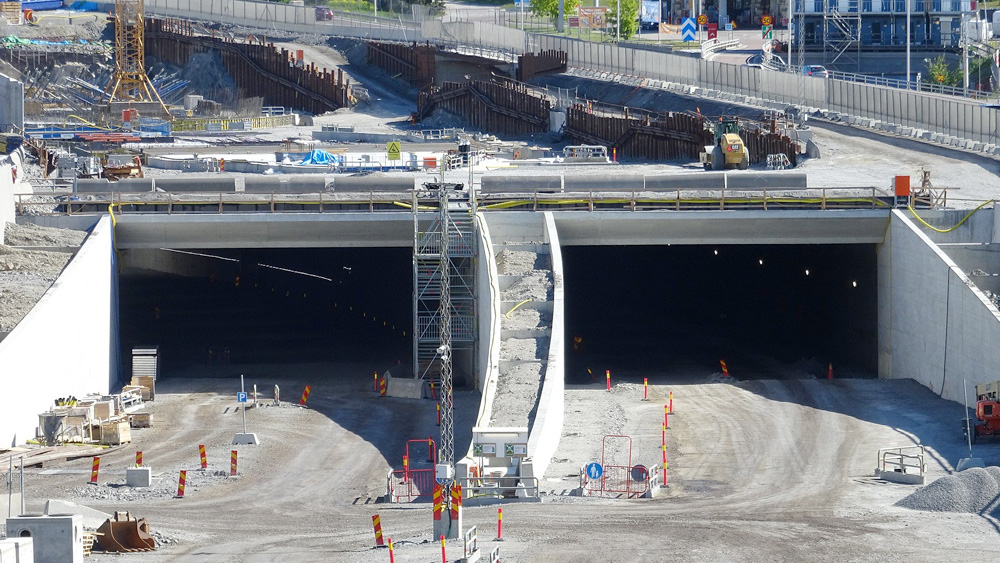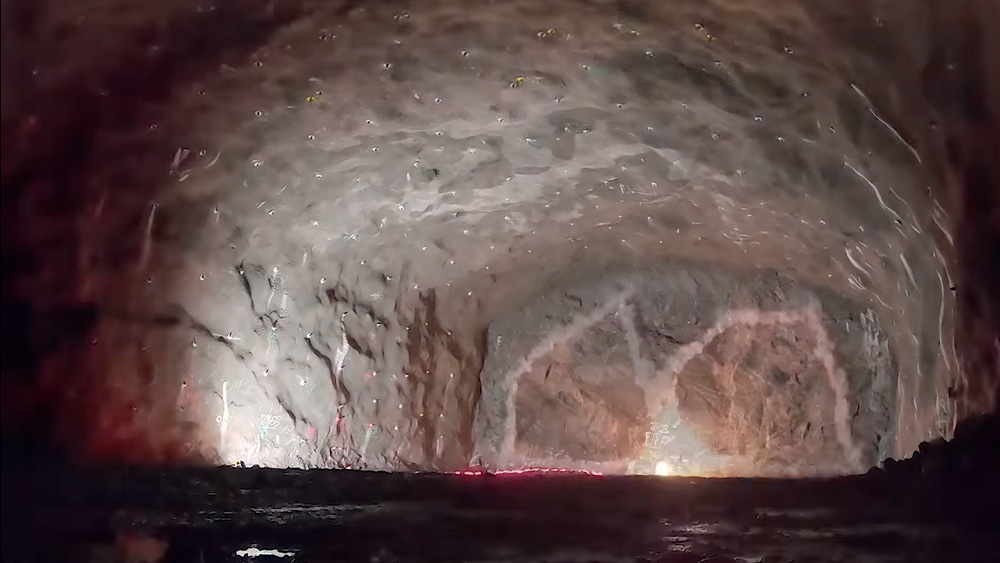The $4BN Tunnel to Save Stockholm
- Youtube Views 465,999 VIDEO VIEWS
Video hosted and narrated by Fred Mills. This video contains paid promotion for Brilliant.
ON SEPTEMBER 3rd, 1967 Sweden’s roads changed overnight. Known as Dagen H or H Day Sweden joined its European neighbours by reversing traffic patterns from driving on the left-hand side of the road to the right.
Soon after was the opening of a major new six-lane motorway in the capital of Stockholm, which today remains the only major thoroughfare in the city. But in response to a growing population – and congestion – the road has since doubled its initial capacity. More lanes have been added but it’s not enough. And residents are starting to notice.

Above: Stockholm's roads are struggling to cope with increased use.
So officials looked for another solution. Enter the Stockholm Bypass. A $4BN road and tunnel system that will go around the entire city. When it completes, it will be one of the longest road tunnels in the world.
But Stockholm is comprised of 14 islands which presents a challenge to any infrastructure project. Not only that, it’s also one of the fastest growing cities in Europe. As more and more people move there, the race is on to dig itself out of this dilemma.

Above: Stockholm is made up of 14 islands.
So Stockholm is building the E4 Bypass to ease congestion on its existing roadway. Starting south of the city in Skärholmen the 21km system - which includes a massive 18 km tunnel - will link up around to the north in Häggvik - diverting traffic westward of the city centre.
A twin set of tunnel tubes will carry three lanes of traffic each, along with six interchanges which will connect existing roads, and two roundabouts. At its deepest point, the route will reach nearly 100m below ground level.

Above: A tunnel entrance under construction.
When it completes in 2030, the $4BN project will be one of the longest road tunnel systems in the world. But it will be the only one navigating such a unique archipelago.
To clear the route, workers began by drilling a ring of holes into bedrock. These are injected with a mixture of cement and water, so that once hardened water can’t seep in through any natural cracks.
Then, more holes are drilled and filled with blasting material. Piece by piece, the rocks are exploded away and scraped out, as the tunnel begins to take shape. After the section is carved out, workers reinforce the tube with rock bolts and spray the walls with concrete. It’s then clad with an inner wall and outer ceiling to make doubly sure no water seeps in.

Above: Rock being blasted out in the tunnel, image courtesy of Swedish Transport Administration.
Now, this all sounds like a lot of work to construct new infrastructure for cars at a time when people are being encouraged to take public transit over driving. Sweden is even banning petrol and diesel cars from parts of the city in an effort to clean up its air.
That’s all part of its goal of reducing carbon emissions by 30% by 2030. The government says traffic emissions from the new bypass, officials estimate it will only contribute less than 1% of CO2 emissions.
But one university research paper found that 1% figure might be understating the impact once you take into account possible increases in traffic, construction materials and non-electric vehicles.
The Stockholm Bypass has been a long awaited project. It was originally supposed to be finished in 2018. But here we are in 2024. The roadway is still under construction and it’s not expected to be finished until the end of the decade.
As Stockholm’s population continues to rapidly swell, it might not have much more time for additional delays. Traffic in the city centre is already feeling strained, so the completion of the bypass will be a welcome relief.
This is one of the country’s largest ever infrastructure projects, the light at the end of the tunnel is growing brighter and all eyes are on Sweden to see its success.
This video contains paid promotion for Brilliant. To try everything Brilliant has to offer for free for a full 30 days, visit brilliant.org/TheB1M or click on the link in the description. You’ll also get 20% off an annual premium subscription.
Video narrated by Fred Mills. Additional footage and images courtesy of Thomas Öhrling, Swedish Transport Administration.
We welcome you sharing our content to inspire others, but please be nice and play by our rules.








